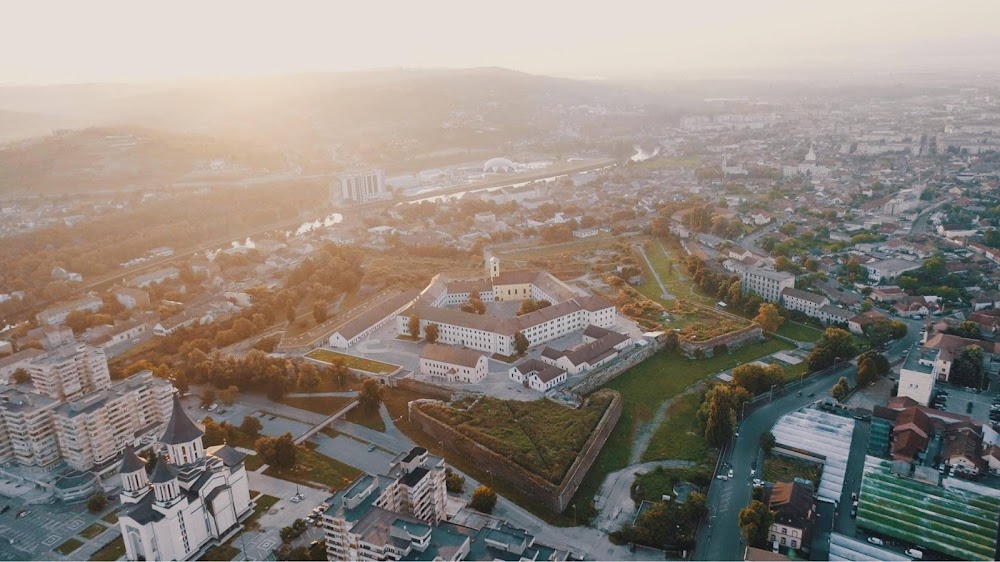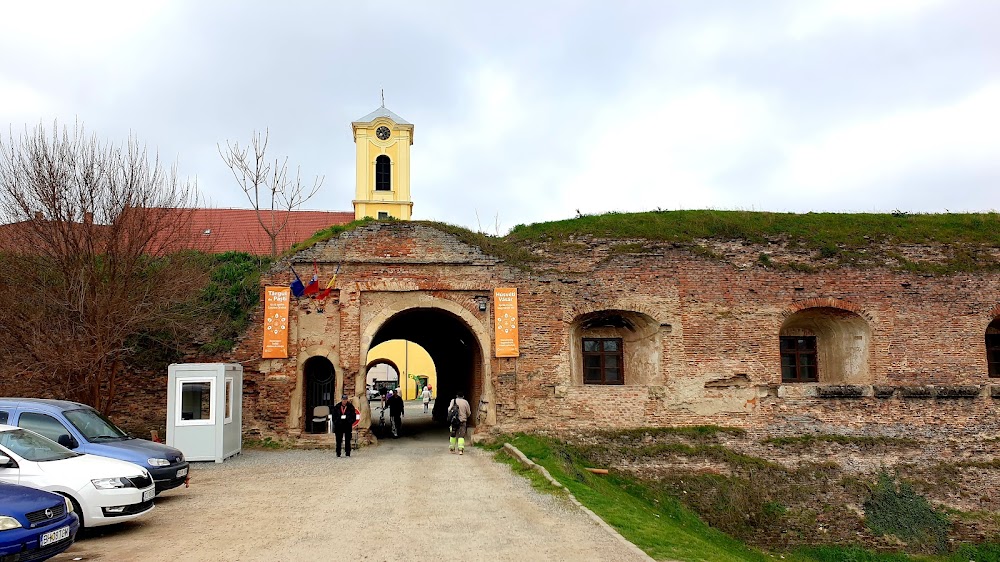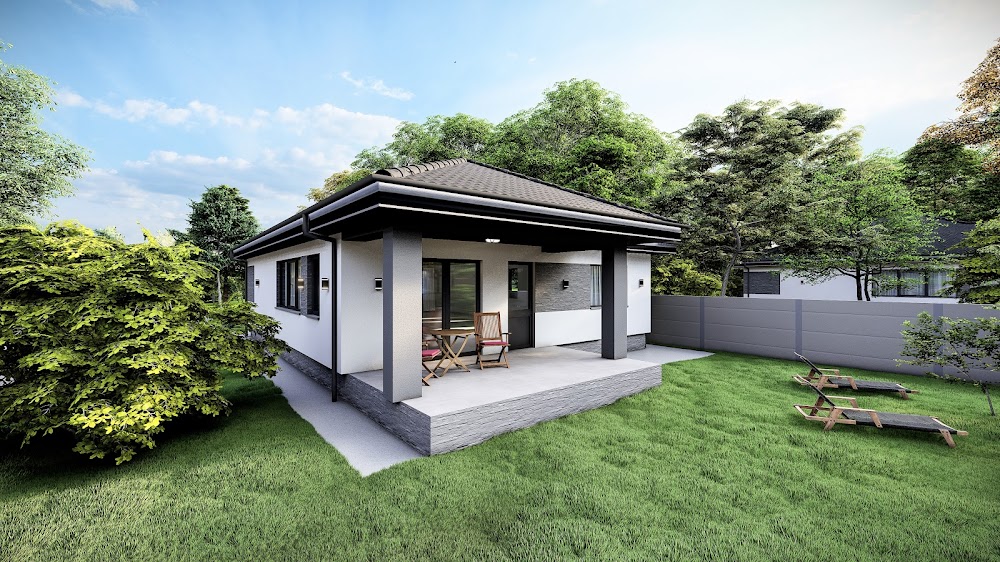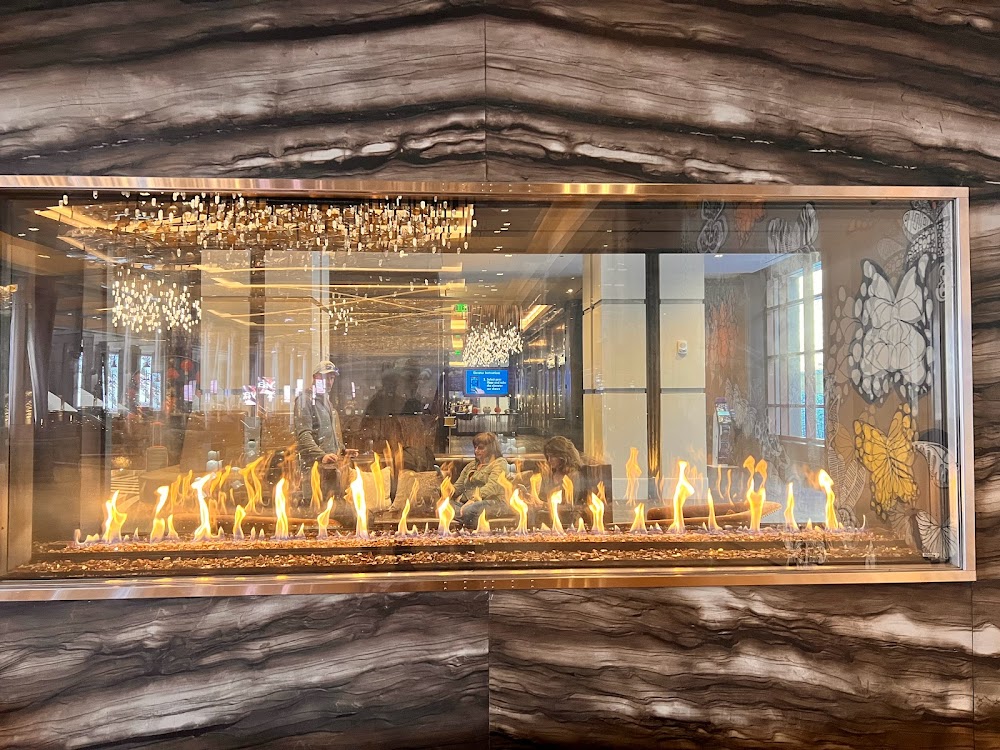Oradea Fortress (Cetatea Oradea)
Overview
Oradea Fortress: A Historical Gem
Nestled in the heart of Oradea, the capital of Bihor County, Romania, the Oradea Fortress stands as a captivating historical landmark. This star-shaped citadel is renowned not only for its stunning architectural beauty but also for the rich tapestry of history that has unfolded within its walls.
The Origins and Evolution
The story of Oradea Fortress dates back to the early 11th century, when it was first documented in historical records. Originally a modest fortification constructed from earth and wood, it underwent significant transformation by the 12th century, as the wooden structure was reinforced with stone, enhancing its durability and strength.
During the reign of King Ladislaus I, notable advancements were made to the fortress. Known for his contributions to religious architecture, King Ladislaus I initiated the construction of a Romanesque-style cathedral within the fortress in 1092. This cathedral became a vital part of the region's religious and cultural life, further elevating the fortress’s significance.
Strategic Importance and Renaissance Redesign
As time progressed, the fortress's strategic importance burgeoned, particularly during the tumultuous Ottoman-Habsburg wars. Between the 16th and 17th centuries, it underwent a remarkable transformation, thanks to the expertise of Italian military architects who redesigned it into a pentagonal, star-shaped structure. This innovative design, characteristic of Renaissance military architecture, was specifically crafted to withstand artillery fire, enhancing its defensive capabilities.
The redevelopment included the construction of five bastions, each named after a saint or notable figure: the Red Bastion (Santa Maria), the Yellow Bastion (Saint Stephen), the Black Bastion (Saint Ladislaus), the Green Bastion (Saint Tabacarilor), and the Blue Bastion (Saint Catherine). These bastions, interconnected by formidable walls, solidified the fortress's status as a key military stronghold.
A Hub of Military and Cultural Significance
Inside the fortress, various buildings were erected, including barracks, storage facilities, and a palace that served as the residence for the fortress's commanders. This palace also functioned for administrative purposes. The central courtyard became a vibrant venue for military parades and significant events, reflecting the fortress's integral role in the region's history.
Throughout the 18th and 19th centuries, Oradea Fortress continued to be a pivotal military site, frequently changing hands between the Austrians and the Ottomans. Despite the conflicts, the fortress remained remarkably well-preserved, allowing it to retain its historical charm.
Modern Restoration and Cultural Revival
In contemporary times, Oradea Fortress has undergone extensive restoration, transforming it into a cultural and public space. The focus of these efforts has been on preserving the historical structures while ensuring accessibility for visitors. Today, the fortress is home to museums and galleries, and it regularly hosts cultural events such as medieval fairs and reenactments, bringing the rich history to life.
As you stroll through Oradea Fortress, you will encounter a fascinating blend of architectural styles and the deep historical layers embedded in every stone. The fortress serves as a powerful reminder of past conflicts and architectural ingenuity while also functioning as a vibrant cultural hub for Oradea and the wider Bihor County.






